What do you know about the Fourth of July?
From hoagies to an $800m burger bill - how the US celebrates Independence Day
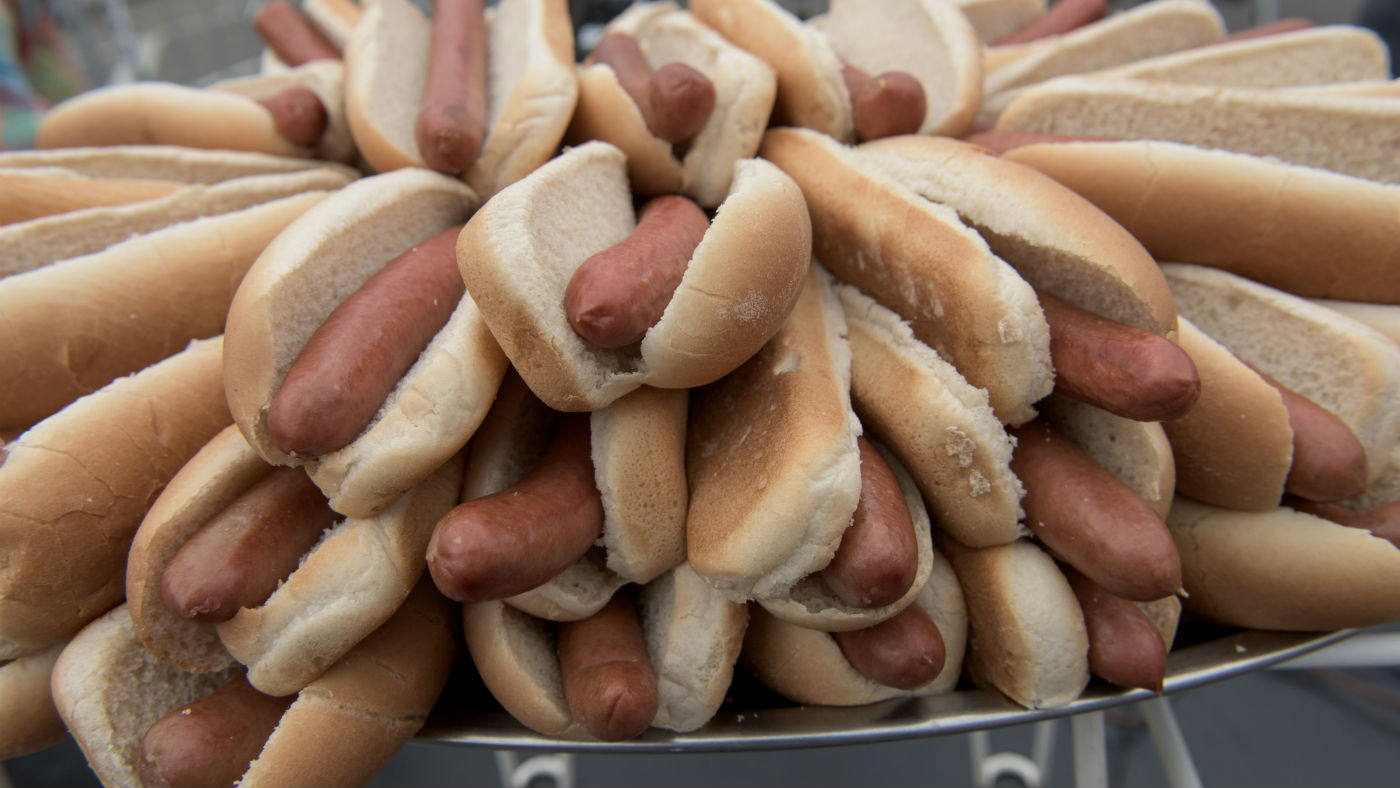
Americans are so committed to their Fourth of July barbecues that 44 million of them will travel more than 50 miles today to celebrate with family and friends.
Many also honour veterans with holiday parades and set off huge firework displays to mark their freedom. Here are five facts about the 4th of July to impress your American friends:
A six-tonne hoagie
The Week
Escape your echo chamber. Get the facts behind the news, plus analysis from multiple perspectives.

Sign up for The Week's Free Newsletters
From our morning news briefing to a weekly Good News Newsletter, get the best of The Week delivered directly to your inbox.
From our morning news briefing to a weekly Good News Newsletter, get the best of The Week delivered directly to your inbox.
What better way to celebrate independence than with six-tonnes of meat and cheese stacked on 23,000 six-inch rolls? Philadelphia kicks off its 4th of July celebrations - called Wawa Welcome America! - on Independence Mall with "Hoagie Day". The opening ceremony features concerts but the main event is a sandwich served to 20,000 people in less than 60 minutes.
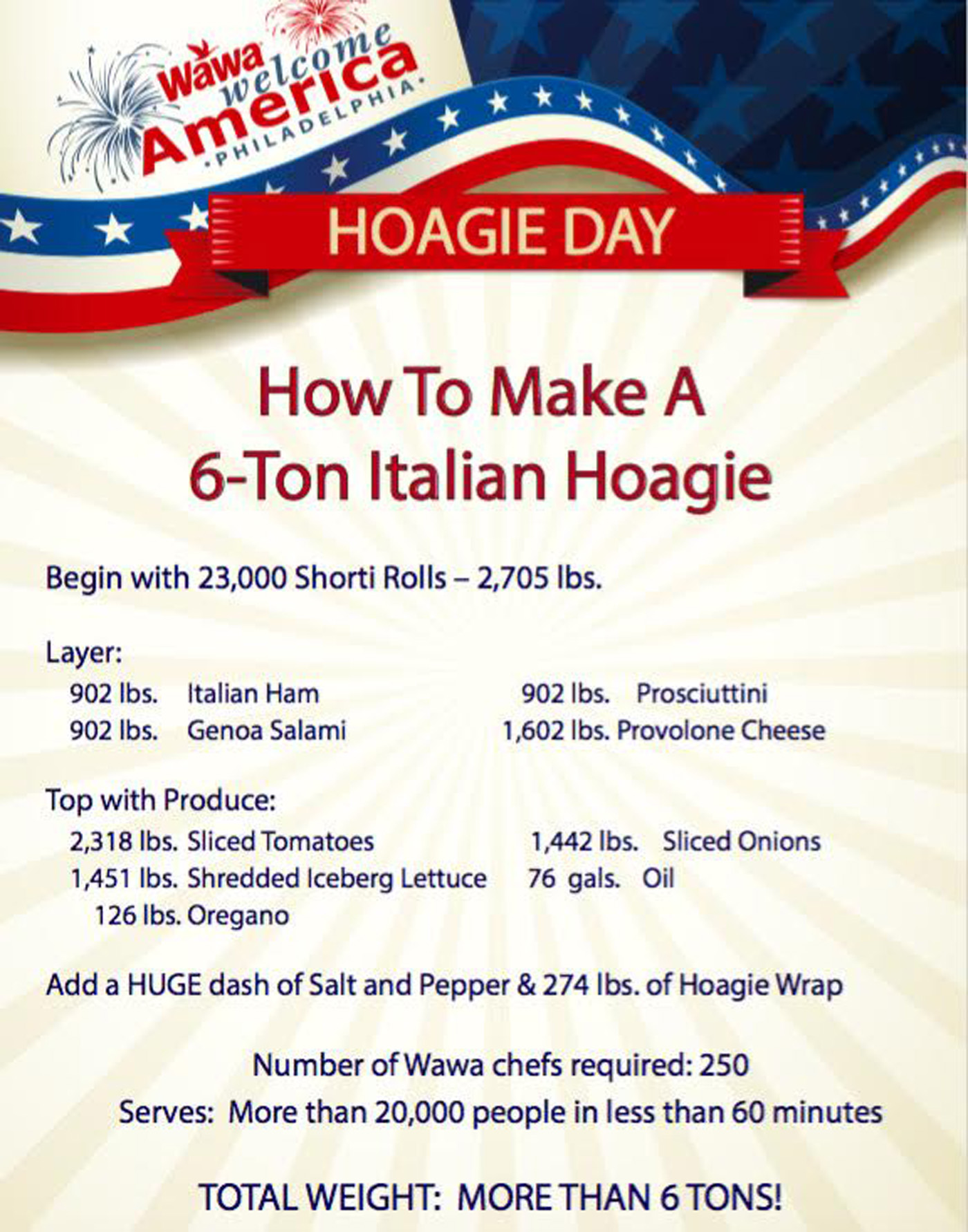
$7bn (£5.4bn) on beef and burgers
The US spends $7bn (£5.4bn) on food during the 4th of July holiday weekend. The main purchase is beef -- specifically $804m (£620m) on burgers, Buzzfeed reports. Americans spent $43m (£33m) last Independence Day on barbecue sauce, topping its competitor condiments of ketchup ($37m/£29m) and mustard ($25m/£19m). What do they put it on? A lot of it is squirted on 150 million hot dogs, long enough to make a line from Washington, D.C., to Los Angeles five times over, the Washington Examiner says.
Health concerns
A free daily email with the biggest news stories of the day – and the best features from TheWeek.com
Largely because of the fireworks displays, concentrations of fine particulate matter typically reach their highest hourly levels from 9pm-10pm on 4 July, with concentrations 42 per cent greater than on the days before and after Independence Day, EurekAlert says. The Environmental Protection Agency recommends people sensitive to particle pollution try to limit exposure by watching fireworks from upwind.
Wrong date?
Did you know that the US may celebrate the 4th of July as a national holiday, but the date isn’t quite accurate? The founding fathers signed their intent to declare independence from England on 2 July, but it wasn’t until 4 July that the Declaration of Independence was accepted by Congress, CBS News reports. John Adams wrote home to his wife Abigail on 3 July, saying that 2 July “will go down in history” - and it did, just two days later.
Firework displays
Fireworks are the staple of the weekend celebration, with huge shows in all major US cities, dating back to the first fireworks display for Independence Day in 1777.
Today, most fireworks are imported from China, with the US spending $296m (£229m) a year on the fireworks market. But the original fireworks to blast off were roasted bamboo stalks that blackened, sizzled and exploded, TIME reports.
-
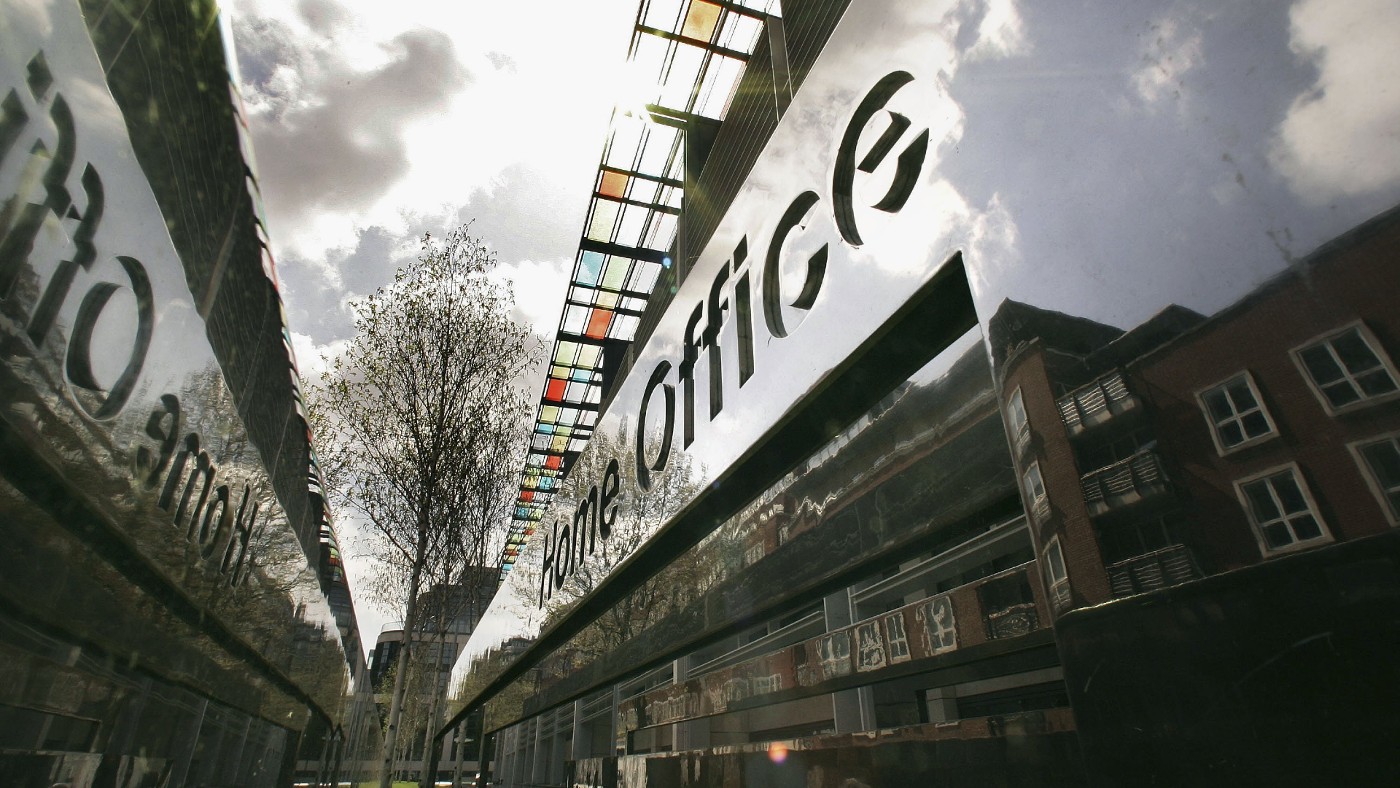 Home Office worker accused of spiking mistress’s drink with abortion drug
Home Office worker accused of spiking mistress’s drink with abortion drugSpeed Read Darren Burke had failed to convince his girlfriend to terminate pregnancy
-
 In hock to Moscow: exploring Germany’s woeful energy policy
In hock to Moscow: exploring Germany’s woeful energy policySpeed Read Don’t expect Berlin to wean itself off Russian gas any time soon
-
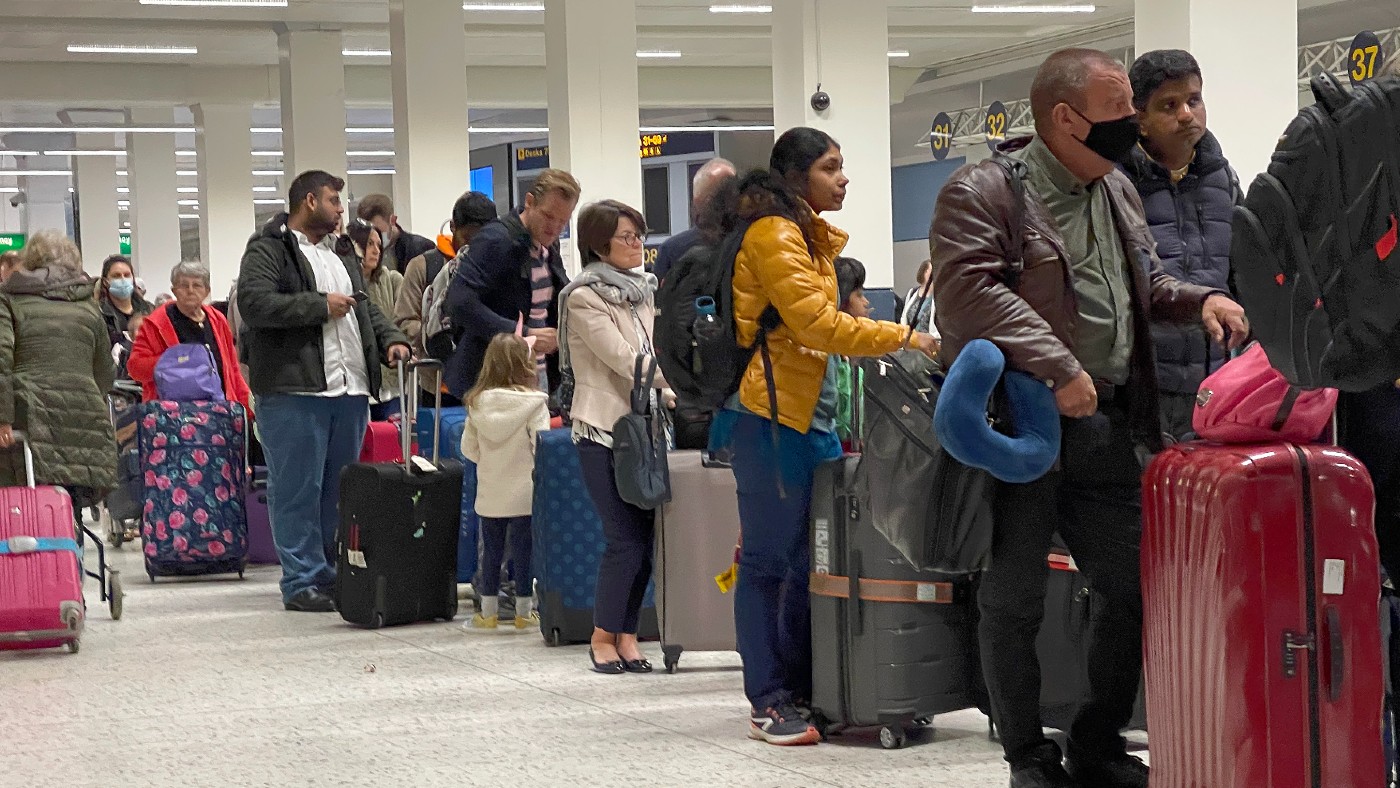 Were Covid restrictions dropped too soon?
Were Covid restrictions dropped too soon?Speed Read ‘Living with Covid’ is already proving problematic – just look at the travel chaos this week
-
 Inclusive Britain: a new strategy for tackling racism in the UK
Inclusive Britain: a new strategy for tackling racism in the UKSpeed Read Government has revealed action plan setting out 74 steps that ministers will take
-
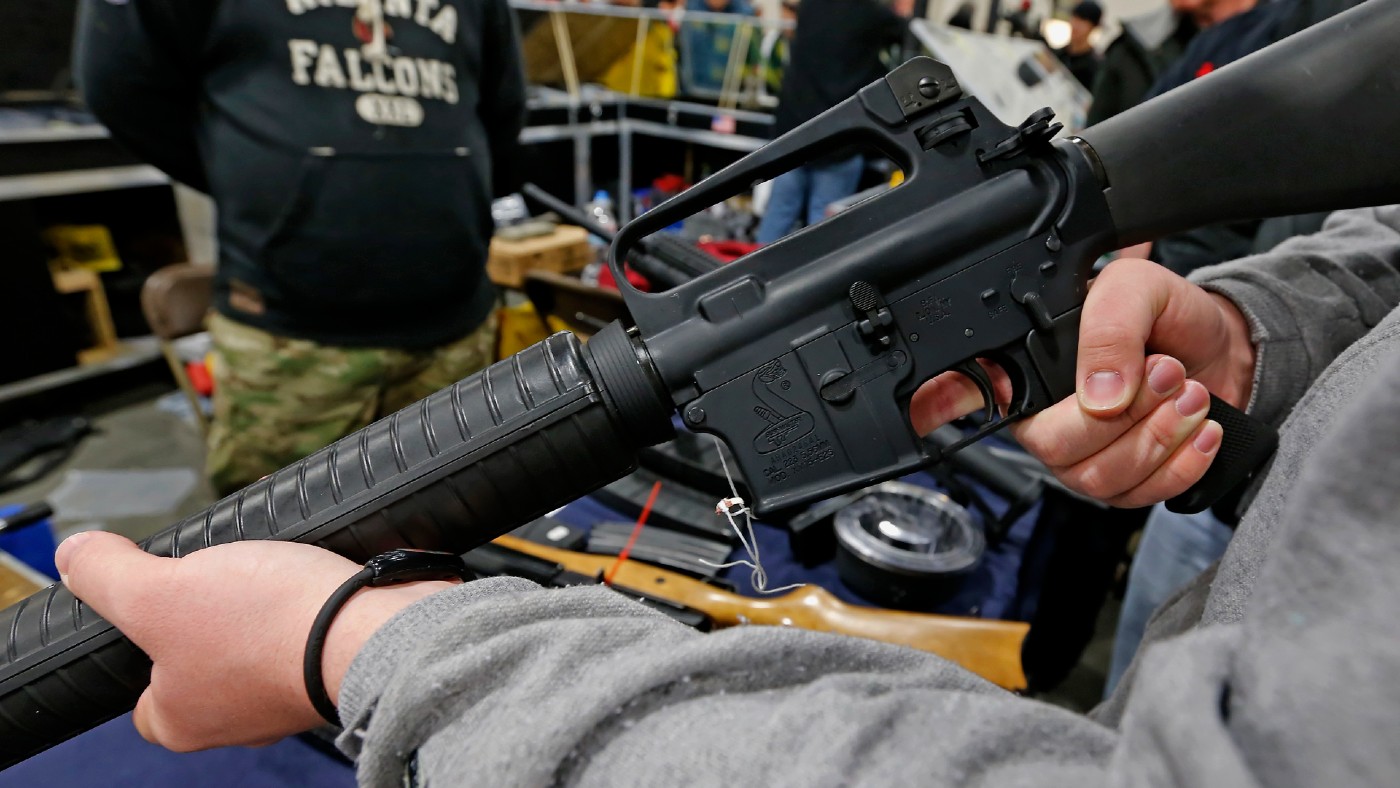 Sandy Hook families vs. Remington: a small victory over the gunmakers
Sandy Hook families vs. Remington: a small victory over the gunmakersSpeed Read Last week the families settled a lawsuit for $73m against the manufacturer
-
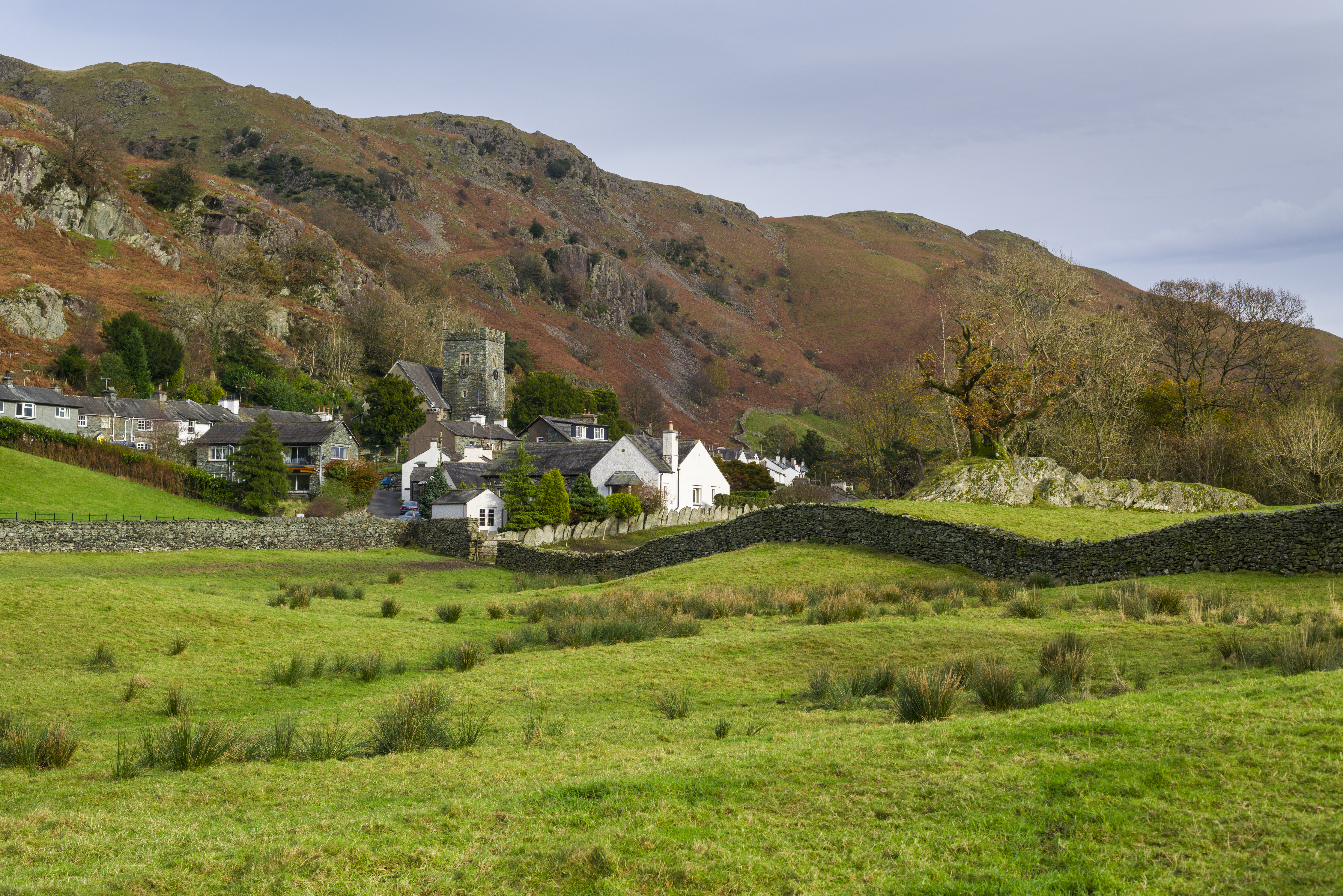 Farmers vs. walkers: the battle over ‘Britain’s green and pleasant land’
Farmers vs. walkers: the battle over ‘Britain’s green and pleasant land’Speed Read Updated Countryside Code tells farmers: ‘be nice, say hello, share the space’
-
 Motherhood: why are we putting it off?
Motherhood: why are we putting it off?Speed Read Stats show around 50% of women in England and Wales now don’t have children by 30
-
 Anti-Semitism in America: a case of double standards?
Anti-Semitism in America: a case of double standards?Speed Read Officials were strikingly reluctant to link Texas synagogue attack to anti-Semitism


